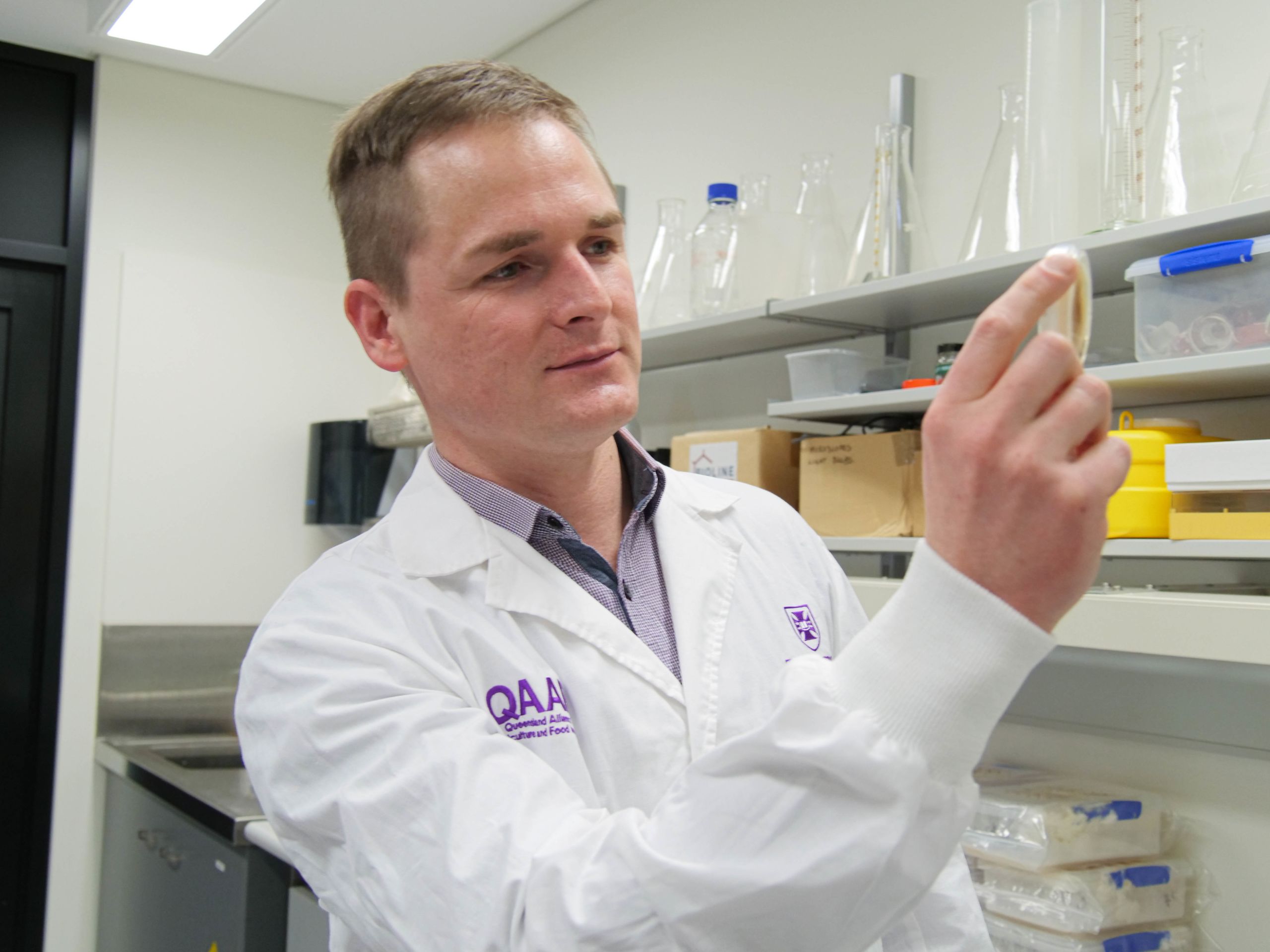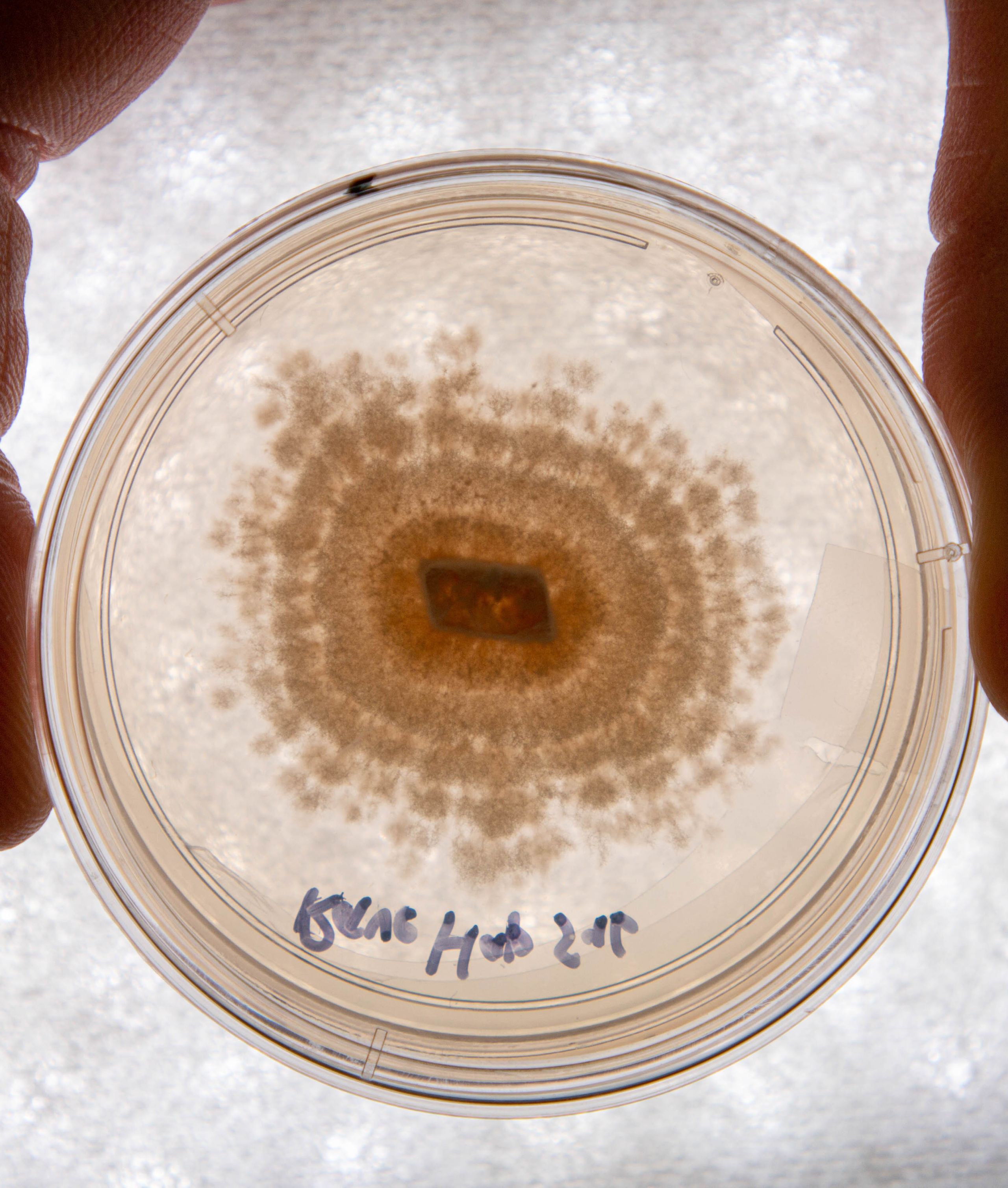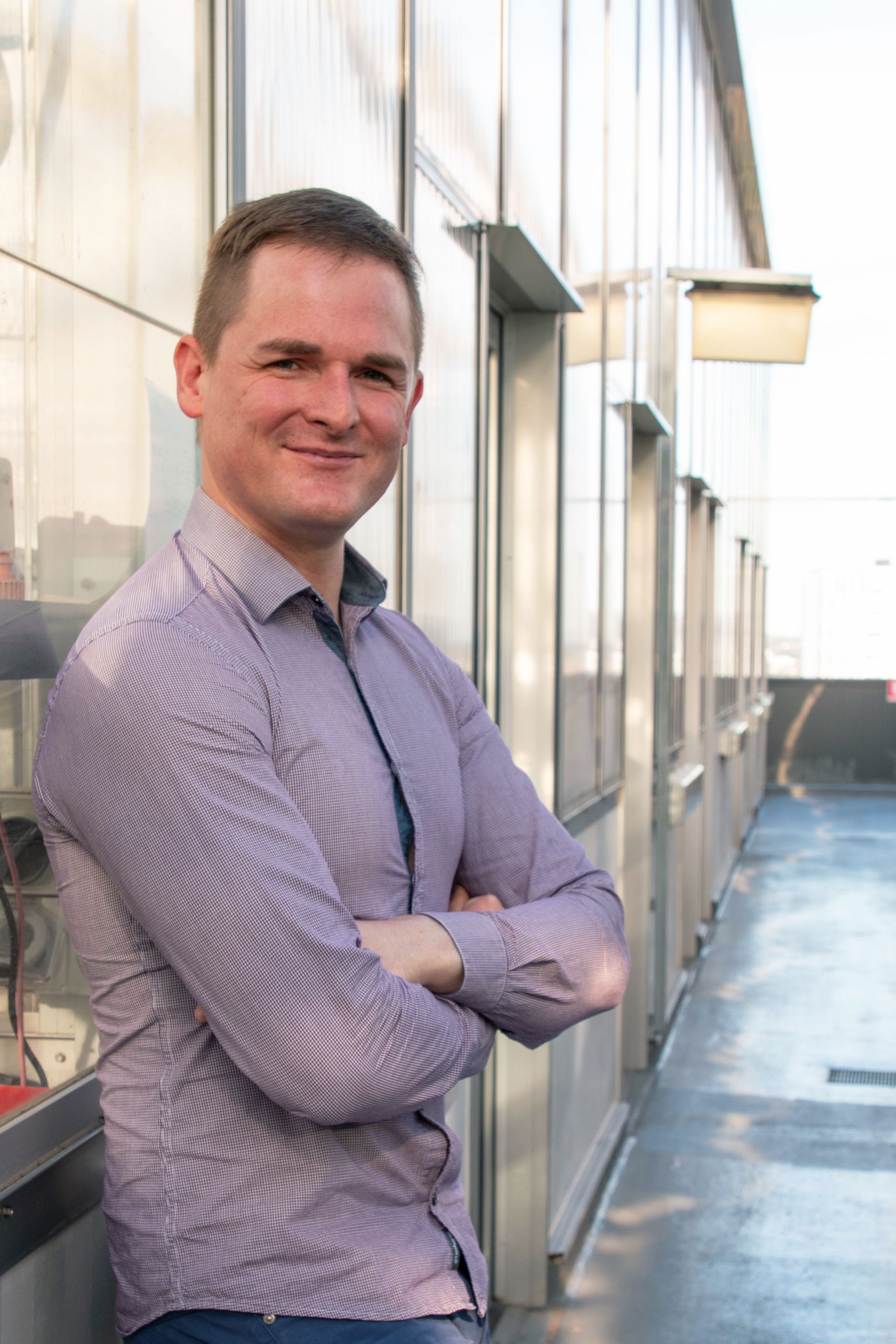How magical are Australia’s native magic mushrooms?
A project to map the diversity of Australia’s native magic mushrooms is underway at The University of Queensland.

UQ's Dr Alistair McTaggart will begin curation of Australia’s first living (and legal) culture collection capturing the biodiversity of magic mushrooms native to Australia.
Magic mushrooms are fungi that produce psilocybin, a psychoactive compound with effects similar to LSD, another compound also derived from fungi.
Over 200 species of mushroom worldwide are known to produce psilocybin, and they are hypothesised to have influenced art, culture and religion.
There are an estimated 20–30 species of magic mushrooms in Australia, some of which are native, and some of which have been introduced and then flourished in disturbed ecosystems.
“We are not certain of magic mushroom biodiversity in Australia,” Dr McTaggart, a mycologist and evolutionary biologist, said.
“We do not even know how many species produce psilocybin.”
“They grow in dung or in leaf litter on damp forest floors.”

Dr Alistair McTaggart inspects a sample at the QAAFI lab.
Dr Alistair McTaggart inspects a sample at the QAAFI lab.
Although native, the cultivation, manufacture, possession, use and supply of psilocybin is illegal throughout Australia.
The legal status of psychoactive mushrooms as controlled substances in Australia has prevented study of their biodiversity, chemistry, ethnobotany and clinical applications.
“Our native psychoactive mushrooms are understudied compared to other continents,” Dr McTaggart said.
"We want to understand their biology. Australian species of psychoactive mushroom are unique from their global relatives and may have evolved different methods for psilocybin production.”
“The global scientific community has patented methods for production of psilocybin production, and interestingly, most of this effort has focused on a mushroom that has likely spread from Australia to Europe and the United States.
“As psilocybin grows in popularity to benefit human health, knowledge of the diversity of our native mushrooms will have global impact.”

Global magic mushroom renaissance
British mycologist Dr Merlin Sheldrake, author of Entangled Life, describes the journey from obscurity to international stardom of magic mushrooms over a few decades in the 20th century as “one of the most dramatic stories in the long history of human relationships with fungi”.
In the 1930s, Harvard University botanist Richard Evans Schultes became intrigued by the 15th century accounts written by Spanish friars of the ‘flesh of the gods’ and ritualistic use of mushrooms in native cultures.
Dr Schultes wondered if such rituals still existed and in 1938 visited Oaxaca, Mexico, where he found mushroom use among the indigenous Mazatec people to be alive and well – reporting that consumption of these mushrooms resulted in "hilarity, incoherent talking, and … fantastic visions in brilliant colours".
Schultes’s work was followed up two decades later by a New York banker, Gordon Wasson, whose 'soul-shattering' experience with magic mushrooms in Mexico was featured in a 1957 article in Life magazine – one of the first accounts of a psychedelic mood-altering substance to reach the general public – and which made magic mushrooms a household name.
Dr Alistair McTaggart explains the history of Australian magic mushrooms and their role in medicine.
Dr Alistair McTaggart explains the history of Australian magic mushrooms and their role in medicine.


Magic medicine
Global interest in the psychoactive properties of magic mushrooms is significant at present.
In 2016, studies at New York University and Johns Hopkins University administered psilocybin alongside a course of psychotherapy to patients suffering from anxiety and depression following diagnoses with terminal cancer.
The study found 80 per cent of patients showed substantial reductions in their psychological symptoms, with just a single dose of psilocybin.
These reductions persisted for at least six months after the dose.
In Australia, clinical trials are currently underway at the St Vincent’s Hospital in Melbourne, where terminally ill patients will be treated with psilocybin under a medical trial aiming to ease the paralysing anxiety felt by palliative care patients.
Alongside psychotherapy and guidance, it is hoped psychedelic medicines will give these patients new perspective on their lives and reduce their fear and depression.
Dr McTaggart believes the global magic mushroom industry is where the medical cannabis industry was 15 years ago.
“There is a lot of interest in the therapeutic properties of magic mushrooms,” he said.
“Similar to the cannabis industry, mushrooms will need selection of genetic traits to upscale production or tailor different strains for different experiences.”
Dr McTaggart’s research aims to safeguard the genetic diversity of magic mushrooms in Australia.
“It could be that the gene diversity in native species of magic mushrooms reveals novel adaptations that provide new techniques for production of psilocybin, or that Australian mushrooms are preferentially used as sources of compounds for treatment options,” he said.

Magic mushrooms and Indigenous culture
Hallucinogenic mushrooms were historically celebrated in cultures from Central and South America, but it has been assumed they played no role in the culture of the First Australians.
In a 1985 article published by the Australian Museum Trust, Brisbane biologist Tim Low stated his belief that Aboriginal people did not use fungi as hallucinogens.
Dr McTaggart said magic mushrooms grow in abundance from the tip of Queensland to the southernmost forests of Tasmania.
“We know that Indigenous people deciphered how to safely eat many toxic plants – Indigenous chemists purified cycad fruits.
“I think it is a reasonable hypothesis that Aboriginal people co-existed with and ate magic mushrooms at some stage in the last 60,000 years.
“It may be that historical uses of mushrooms are closely guarded or lost.
“It is something we may learn through further research and engagement with Indigenous communities.”
Dr McTaggart hopes to collaborate with Indigenous communities and mushroom experts in Australia, to investigate the possibility of providing a platform for future research on the clinical applications and other uses of Australia’s magic mushrooms.
Dr Alistair McTaggart

Dr Alistair McTaggart. Image: UQ
Dr McTaggart is a Research Fellow with the Queensland Alliance for Agriculture and Food Innovation's Centre for Horticultural Science. He has studied fungal genetics and evolution for over a decade. His latest research is on toxic, edible and psychoactive mushrooms in Australia.
He has a background in plant pathology and is interested in anything related to genomics, sexual reproduction, clonal reproduction, population genetics, life cycles and taxonomy of fungi.
Dr McTaggart completed fellowships on molecular barcoding, phylogenetics and phylogenomics of rust fungi at the University of Pretoria (South Africa), Louisiana State University (USA), and UQ. He is experienced in plant and fungal systematics, plant disease surveys, molecular biology and bioinformatics.
Email: a.mctaggart@uq.edu.au
Mobile: +61 (0) 403 199 744

Dr Alistair McTaggart. Image: UQ
Dr Alistair McTaggart. Image: UQ
